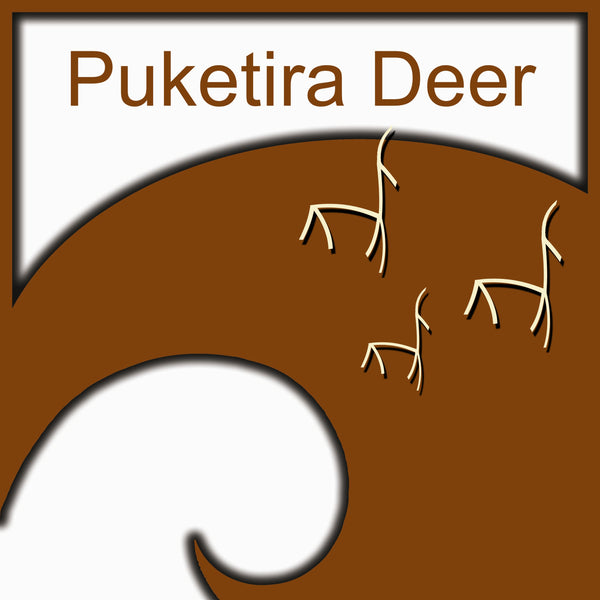January 2017
Share
Early January is spent trying to tidy up some tasks that didn’t get completed the previous year, before we go on holiday. It’s a good time of the year as many people are already on holiday so there are few interruptions. Lambs that have not already been sent to the works are on Pasja (a forage crop) and do well on this with a further draft going mid January at 19kg carcase weight. These return us $98/head with 92% of the line giving us a premium for meat yield. It all helps financially and its pleasing to know that what we are producing largely meets specification.
The cereal silage has now all been harvested, filling the new pit, with the over flow being added to another stack on top of the ground. A paddock of annual ryegrass which we had vaguely considered the possibility of harvesting for seed gets simply cut for hay due to uncertain weather (its bound to rain if we cut it for grass seed, and the requirement to spend at least a day trying to get our old header going). The day it is fit to bale becomes very windy and we have to rake just in front of the contractor’s baler to avoid the hay blowing across the paddock and onto the fence. The paddock is not flat and unluckily for the contractor one of the bales rolls down the hill breaking two posts in the boundary fence.
With deer finished fawning now we start rotating hinds and fawns onto Lucerne paddocks, or paddocks of rape (summer feed). No dryland farmer’s blog is complete without a comment on the rainfall and its pleasing to record 52mm in January spread over 8 separate rainfall events.
By 20 January we to are ready to go on our annual summer holiday to a beach in the Coromandel Peninsula – 2 weeks of time out.
